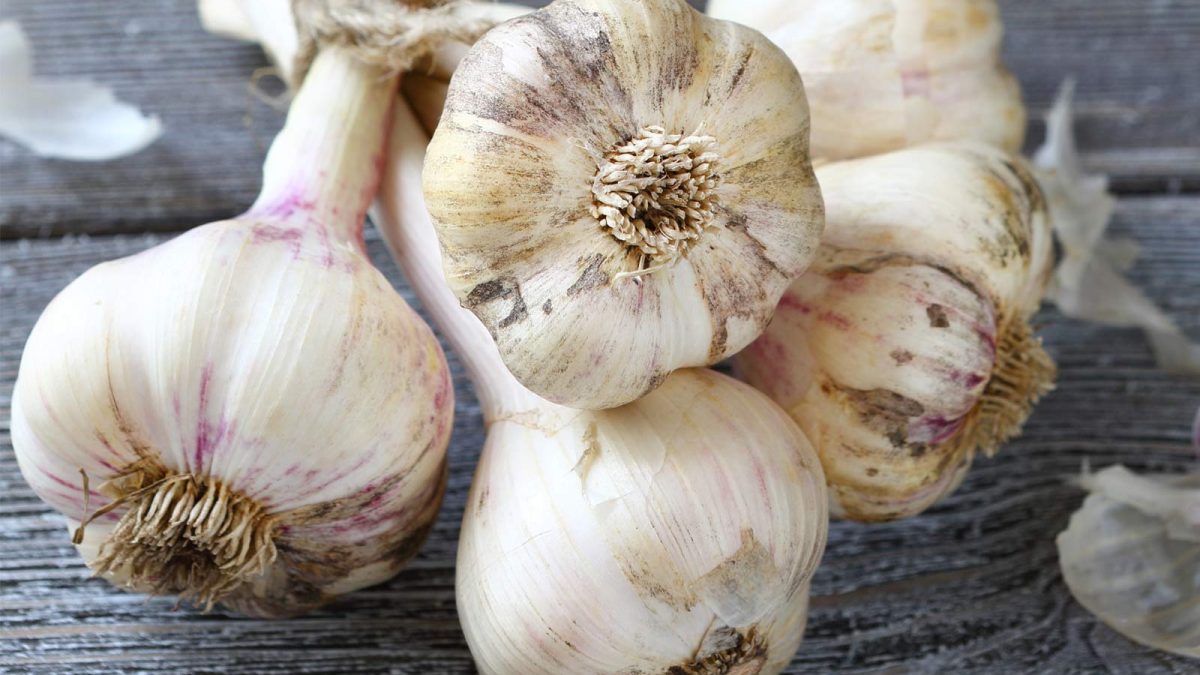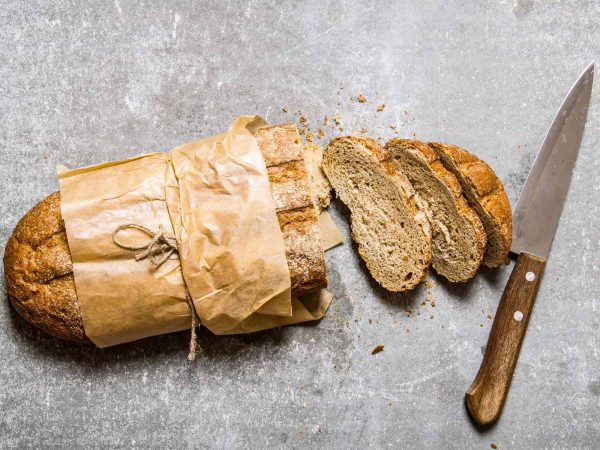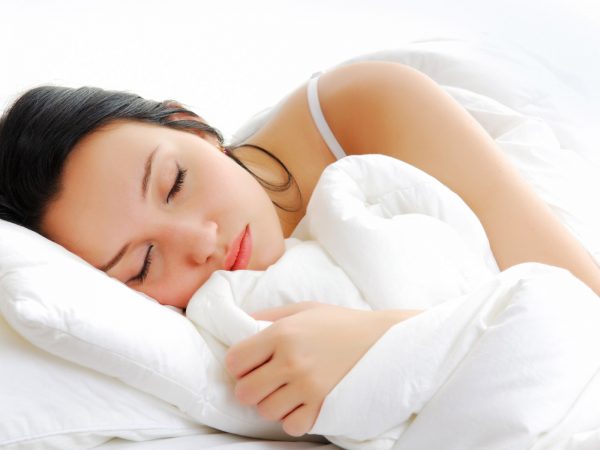The Candida Cleanse: Eliminate Candida To Feel Better Fast
The first step to eliminating a Candida overgrowth is to stop feeding it!
Most holistic practitioners recommend a strict initial “Candida Cleanse” coupled with “reflorestation efforts” for one month or six weeks. This allows the body time to restore and strengthen its colonies of “friendly” bugs which act as natural protection against Candida.
After the Candida has been put in check, maintaining a diet and lifestyle to reduce the risk for recurrent infection is essential.
Because everybody is different, and the level of Candida overgrowth and risk of recurrence will vary among individuals, it’s important to be patient and take the time to learn and document those foods that are triggers including:
- Sugar: Sugar is the favorite food of yeast. You can see it in action when making bread—the dough rises because the yeast grow from consuming the sugars in the flour. Avoid ALL sugars—refined or whole, from fruits, juices or other natural foods. Look for hidden sugar on labels too. Watch out for anything with an –ose at the end (i.e-lactose) as well as molasses, turbinado, demerrara, rice syrup, sorghum, mannitol, sorbitol, monosaccharides, polysaccharides. If it has more than 5 grams of sugar per serving—don’t eat it.
- Fruit: While fruit provides a plethora of nutrients and alkalizing properties that benefit the body, it’s also a source of sugar—fructose. It’s important to eliminate fruit initially when working to reduce Candida. Once you’ve got it in check, low-sugar fruits like berries, apples and pears can be enjoyed in moderation.
- Starchy Vegetables & Grains: All digestible carbohydrates are eventually broken down into sugars. Avoiding grains—even whole grains—is a good idea initially. Later, some grains (like brown rice) may be added back to the diet (in moderation) if they are tolerated well.
- Alcohol: Alcohol is composed of yeast’s favorite foods -fermented and refined sugar. Alcohol suppresses the immune system, further exacerbating the Candida problem and health in general. Eliminate alcohol during your Candida cleanse. If you choose to reintroduce alcohol later, do so in moderation, and opt for lower carb, yeast-free alcohols (like vodka).
- Vinegar: All types of vinegar, as well as products made with vinegar (like mayonnaise, salad dressings, ketchup, Worcestershire sauce, BBQ sauce, soy sauce, mustard, pickles and pickled vegetables, olives, relishes) should be avoided initially. Many of these foods are also high in sugar. Reintroduce the low-sugar, whole foods sources of vinegar (like organic apple cider vinegar) back into the diet slowly after the cleanse and monitor how you feel.
- Yeast: There is controversy as to whether yeast in foods promotes Candida. However, one thing’s for sure– if it has yeast in it, it’s probably a grain product providing sugars to the diet and should be avoided.
- Gluten: Products containing gluten should be avoided as well. In addition to the carb load and sugars in gluten-containing foods, gluten is also a common allergen and causes food sensitivity in many people.
- Mushrooms: As a fungus, some people experience a “crossover” reaction to mushrooms. Many health care practitioners suggest to avoid mushrooms initially, then reintroduce with caution after balance has been achieved.
- Dairy: Milk products contain the sugar lactose, and should be avoided initially. Molded cheese, like blue cheese, and aged cheeses will increase the growth of Candida and should be avoided for anyone with a history of yeast issues.
- Soy Foods: Soy foods contain potent enzyme inhibitors that block the action of trypsin and other enzymes needed for protein digestion. Soy foods are also rich in phytoestrogens—hormone mimics which can encourage Candida growth. Finally, soy is a common allergen and 99% of soy is genetically modified.
- Hormones, Antibiotics & Pesticides: Earlier, we discussed how these substances can contribute to a state of dysbiosis. Avoiding chemicals in your food won’t just assist with clearing Candida, but will also improve your overall health.
Along with removing the foods that feed Candida, it’s important to enjoy the foods that naturally fight Candida and help to rebuild your gut.



Can you help me making a list of foods that can be eaten in the first 4 weeks or 6 weeks ? I am struggling to make a meal plan because on other sites pickles are okay especially if they are fermented in salt or raw yogurt and kefir is good…even white olives, or eggs yet any kind of cabbage is not good…
I started this diet with fasting…for a few day by drinking only water and hen after 3 days i ate a few cups of kefir,..the itching starts to go away but I still have thrush…I also eat probiotics with aloe vera and fiber capsules and drink green tea …
I do not consume meat because I am a vegetarian yet when I am gonna start the diet I want to eat many green vegetables…and eggs…